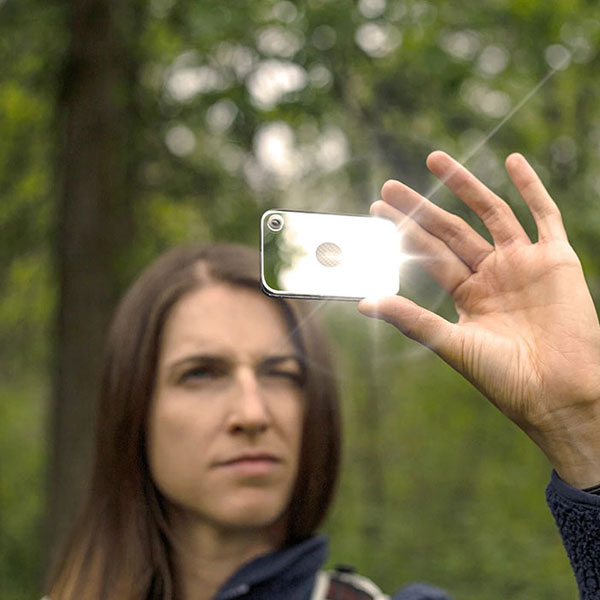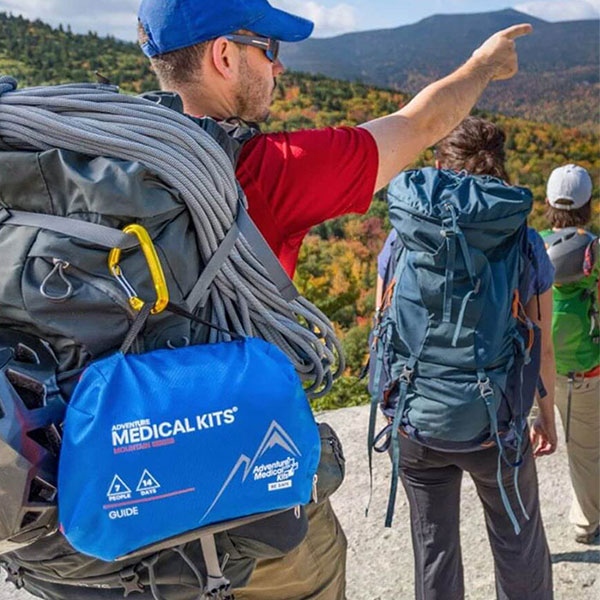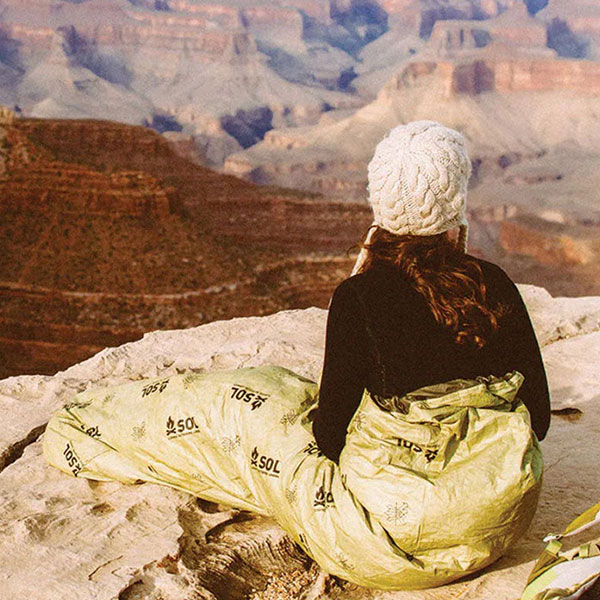Whether you’re heading out on a weekend hike, a multi-day trek, or a remote wilderness expedition, your survival kit should match the demands of your adventure. Not all survival kits are created equal — and choosing the right one can make a real difference in your safety, comfort, and peace of mind.
Here’s how to select the best survival kit based on your adventure type.

1. Understand the Core Elements of a Survival Kit
Before customizing, it’s essential to know what a basic survival kit should include. A well-rounded kit often covers these key areas:
– Shelter and warmth (emergency blanket, bivy, fire starters)
– Hydration (water purification tablets or filters)
– First aid (bandages, antiseptic wipes, medications)
– Navigation and signaling (compass, whistle, mirror)
– Tools and gear (multi-tool, duct tape, cordage)
– Food (high-calorie bars or emergency rations)

2. Match Your Kit to the Type of Adventure
A. Day Hikes and Short Trips
For casual hikes and day adventures, a lightweight, compact kit will do. Look for:
– Basic first aid supplies
– Emergency blanket
– Small fire starter (e.g., waterproof matches or fire cubes)
– Energy bar
– Compact whistle
B. Backpacking and Multi-Day Hikes
For longer trips, you’ll need to be more prepared. Your kit should include:
– Advanced first aid items (e.g., blister care, gauze, medications)
– Water purification system
– Emergency shelter (e.g., heat-reflective bivy)
– Light source (headlamp with spare batteries)
– Knife or multi-tool
– Backup food supply
C. Remote Wilderness or High-Risk Environments
If you’re heading into rugged or isolated terrain, your survival kit becomes a true lifeline. Opt for:
– Comprehensive medical kit
– Heavy-duty bivy or emergency tent
– Multiple fire-starting tools
– Signaling mirror and high-decibel whistle
– Paracord, duct tape, and repair tools
– Water reservoir + filtration or purification
– Emergency food rations (for at least 72 hours)
Recommended: https://armindaoutdoor.com/brand/sol/

3. Consider Climate and Terrain
Your environment affects your needs:
– Cold weather: prioritize insulation, fire-starting, and shelter.
– Hot/dry climates: focus on hydration and sun protection.
– Wet environments: waterproof storage and extra dry tinder are crucial.
4. Customize Your Kit
No off-the-shelf kit will fit every need. Add personal items like:
– Prescription medications
– Allergy remedies (e.g., antihistamines)
– Extra batteries or power bank
– Local map or offline GPS app
– Identification and emergency contact info
5. Keep It Accessible and Updated
Your survival kit won’t help if it’s buried under gear or out-of-date. Store it in an accessible spot, check expiration dates regularly, and restock after every trip.

Conclusion: Choose Smart, Stay Safe
Your adventure type dictates the level of preparation required. By choosing a survival kit that fits your environment and trip length—and by customizing it with personal essentials—you’re setting yourself up for a safer, more confident experience outdoors.
At Arminda Outdoor, we offer carefully selected survival kits from SOL and Adventure Medical Kits that cover all types of adventures, big or small. Browse our range and find the kit that fits your next journey.


 Bottle
Bottle Kids
Kids Food Jar
Food Jar Mugs & Cups
Mugs & Cups Filtration
Filtration Cleaning
Cleaning
 Lantern
Lantern Headlamp
Headlamp
 Bivvies
Bivvies Emergency Blankets
Emergency Blankets Fire
Fire Survival Kits
Survival Kits
 Knives
Knives Multi-Tools
Multi-Tools
 Backpacking Stoves
Backpacking Stoves Expedition Stoves
Expedition Stoves Accessories & Spare Parts
Accessories & Spare Parts
 Cutlery
Cutlery Pots & Pans
Pots & Pans Plates & Bowls
Plates & Bowls

 Women
Women Men
Men

 Stools
Stools Chairs
Chairs Tables
Tables
 socks
socks

 Running Vests
Running Vests Drybags
Drybags Waterproof Cases
Waterproof Cases